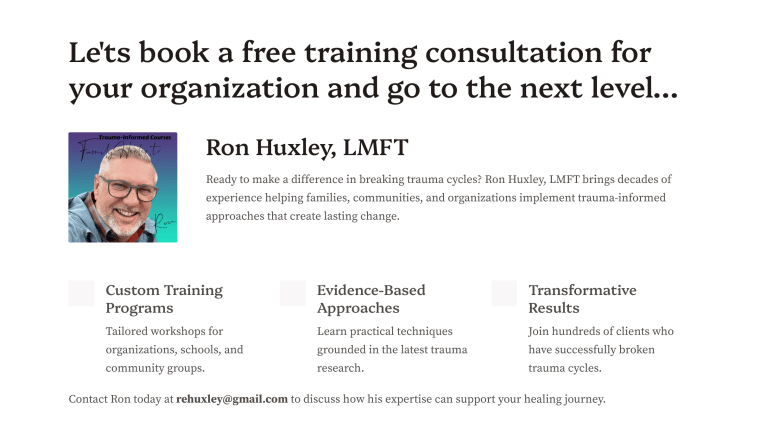Creating a Safe Space for Adoption Conversations: A Guide for Parents
For transracial adoptees, having a safe space to discuss their adoption story, birth family, and cultural identity is crucial for healthy emotional development. Yet many parents struggle to create this environment despite their best intentions. This article explores what constitutes a safe space for these conversations, what barriers parents might face in providing one, and why overcoming these challenges benefits the entire family.
What Makes a Safe Space for Adoption Conversations?
A safe space for adoption conversations includes several key elements:
Emotional safety is the foundation. Children need to feel they can express any emotion—sadness, anger, confusion, curiosity—about their adoption without parents becoming defensive, dismissive, or overly emotional themselves. Parents should validate these feelings rather than trying to “fix” them.
Non-judgment allows children to ask questions or share thoughts about their birth family, cultural heritage, or identity without fear of upsetting their parents. This includes accepting when children may express grief or loss alongside a love for their adoptive family.
Age-appropriate honesty builds trust. Parents should share truthful information about the adoption story at developmentally appropriate stages, without hiding challenging aspects but presenting them with sensitivity.
Regular, casual opportunities for conversation help normalize adoption discussions. Rather than making these talks formal or rare events, weaving them naturally into everyday life shows children that adoption isn’t a taboo topic.
Child-led pacing respects the child’s emotional readiness. Some children may want frequent conversations, while others need more time. Parents should follow their child’s lead while occasionally opening the door for discussion.
Consistent reassurance of permanence and love provides security. Children need to know that exploring feelings about the birth family doesn’t threaten their place in the adoptive family.
Cultural resources and connections demonstrate respect for the child’s heritage. Books, cultural events, and relationships with others who share their background show children that their identity is valued.
Barriers Parents May Face
Despite good intentions, parents can struggle to create this safe space for several reasons:
Fear of Rejection
Many adoptive parents worry that their child’s interest in their birth family or culture signifies rejection of them as parents.
“It’s natural to feel threatened when your child expresses curiosity about their birth family,” says Dr. Emily Martinez, adoption psychologist and author. “But remember, a child’s desire to understand their origins isn’t about replacing you—it’s about completing their identity puzzle.”
Insecurity About “Real” Parenthood
Some parents struggle with societal messaging that biological connections are more “real” than adoptive ones.
“I’ve worked with many parents who confess they feel like ‘imposters’ when their child asks about their birth family,” explains adoption counselor James Wilson. “This insecurity can make it difficult to create the open environment children need.”
Discomfort with Difficult Emotions
Adoption stories often include complex, sometimes painful elements. Parents may want to protect their children—and themselves—from these difficult emotions.
“Parents often tell me they want to wait until their child is ‘old enough’ to handle the hard parts of their story,” says Dr. Lisa Chen, a family therapist specializing in adoption. “But avoidance usually creates more issues than it solves. Children sense when topics are off-limits, which can lead to shame and secrecy.”
Cultural Disconnection
For transracial adoptees, discussions about identity often include race and culture. Parents who haven’t done their own cultural education work may feel ill-equipped for these conversations.
Why Creating a Safe Space Benefits Everyone
Though challenging, creating this safe space ultimately strengthens family bonds and promotes healthy development:
For the child: Research shows that adoptees who can openly discuss their adoption experiences have better self-esteem, more vigorous identity formation, and fewer psychological issues in adulthood.
For parents: Open communication builds trust and deepens the parent-child relationship. It also prevents the buildup of unspoken questions and concerns that can create distance.
For the family unit: Families who can navigate these conversations develop resilience and communication skills that benefit all aspects of family life.
A Real-Life Example
When 8-year-old Mei began asking questions about her birth mother in China, her adoptive mother, Sarah, initially felt anxious. “I worried she was unhappy with our family,” Sarah admits. “I found myself changing the subject or giving brief answers to end the conversation quickly.”
After joining an adoptive parent support group, Sarah recognized her defensive reactions were more about her fears than Mei’s needs. She began creating space for these conversations, starting with books about adoption and gradually moving to more personal discussions.
“The turning point came when I told Mei it was okay to love her birth mother and wonder about her,” Sarah recalls. “The relief on her face was immediate. She said, ‘I thought it would hurt your feelings if I talked about her.'”
Today, at 13, Mei speaks openly about her adoption story and Chinese heritage. “These conversations haven’t diminished our bond,” Sarah says. “They’ve made it stronger because Mei knows she can bring her whole self to our relationship.”
Expert Advice
Dr. Martinez offers this guidance: “The best gift you can give your adopted child is permission to explore all aspects of their identity without feeling they’re betraying you. This isn’t always easy, but it’s essential.”
Wilson adds: “Remember that your child’s story belongs to them. Your role is not to control the narrative but to help them understand and integrate it into their life healthily.”
Dr. Chen concludes: “Creating this safe space isn’t a one-time event but an ongoing process. Be patient with yourself and your child as you navigate these waters together. The ultimate goal is to raise a child who feels whole and secure in all aspects of their identity.”
By facing their own fears and insecurities, parents can create the safe space their children need to thrive—not despite their adoption story, but with it fully integrated into their sense of self.

